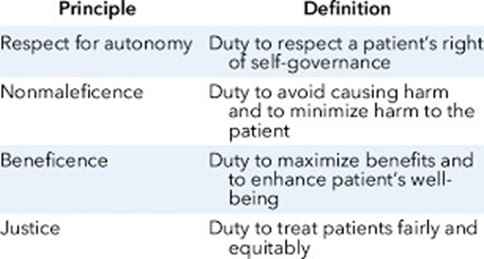A nurse is teaching about safe handling of formula to a client who is postpartum and chooses to bottle feed her newborn.
Which of the following statements by the client indicates an understanding of the teaching?
"I can keep a can of concentrated formula in the refrigerator for 3 days after I open it.”
"I can dilute the ready-to-feed formula with water when my baby wants more than 4 ounces at a feeding.”
"I should boil tap water for 2 minutes and cool it before I mix it with the powdered formula.”
"I will be sure that all of my bottles contain BPA.”
The Correct Answer is C
Choice A rationale:
Keeping a can of concentrated formula in the refrigerator for 3 days after opening it is not safe. Once a can of formula is opened, it should be used within 24 hours and stored in the refrigerator. After 24 hours, any leftover formula should be discarded to prevent the risk of bacterial contamination.
Choice B rationale:
Diluting ready-to-feed formula with water is incorrect. Ready-to-feed formula is already prepared and does not need to be diluted further. Adding water to ready-to-feed formula can dilute its nutritional content and may not provide the necessary nutrients for the baby.
Choice C rationale:
Boiling tap water for 2 minutes and cooling it before mixing it with powdered formula is the correct method for safe formula preparation. Boiling the water kills harmful bacteria and ensures the formula is safe for the baby to consume. It is essential to cool the boiled water before mixing it with powdered formula to reach an appropriate feeding temperature.
Choice D rationale:
Ensuring that all bottles contain BPA (bisphenol A) is not a relevant consideration for formula preparation. BPA is a chemical that was previously used in some plastics, including baby bottles, but has been banned in baby bottles and sippy cups in several countries due to its potential health risks. Most modern baby bottles are BPA-free, and this statement does not address the safe handling and preparation of formula for the baby.
Nursing Test Bank
Naxlex Comprehensive Predictor Exams
Related Questions
Correct Answer is ["A","C","E"]
Explanation
Since the client is experiencing upper chest discomfort and coughing up sputum, it is important to assess their oxygen saturation level. This finding can provide vital information about the client's respiratory status and the adequacy of their oxygenation.
The client's report of upper chest discomfort and coughing up thick clear sputum should prompt an assessment of their respiratory rate. Abnormal respiratory rates may indicate respiratory distress or compromise, which requires immediate attention.
Assessing the client's current level of consciousness is crucial, as any sudden changes in their mental status may indicate a serious underlying issue. Since the client has a history of Parkinson's disease and reported "feeling bad," it is important to evaluate their neurological status promptly.
The other options listed (tremors, heart rate, and chronic health condition) may also require follow-up, but they are not the most immediate concerns in this situation.
Correct Answer is A
Explanation
- A. Autonomy is the ethical principle that respects the right of clients to make their own decisions and choices regarding their health care. Informed consent is a process that ensures that clients are fully informed of the benefits, risks, alternatives, and consequences of a proposed treatment or procedure, and that they voluntarily agree to it.
- B. Nonmaleficence is the ethical principle that obliges health care providers to do no harm to clients, either intentionally or unintentionally. Informed consent does not directly promote this principle, although it may help to prevent harm by disclosing potential risks and complications.
- C. Justice is the ethical principle that requires fair and equal treatment of all clients, regardless of their personal characteristics, preferences, or values. Informed consent does not directly promote this principle, although it may help to ensure that clients are not coerced or manipulated into accepting a treatment or procedure that they do not want or need.
- D. Fidelity is the ethical principle that requires health care providers to be faithful and loyal to their clients, and to honor their commitments and promises. Informed consent does not directly promote this principle, although it may help to establish trust and rapport between clients and providers.

Whether you are a student looking to ace your exams or a practicing nurse seeking to enhance your expertise , our nursing education contents will empower you with the confidence and competence to make a difference in the lives of patients and become a respected leader in the healthcare field.
Visit Naxlex, invest in your future and unlock endless possibilities with our unparalleled nursing education contents today
Report Wrong Answer on the Current Question
Do you disagree with the answer? If yes, what is your expected answer? Explain.
Kindly be descriptive with the issue you are facing.
